
Date: 2024-07-17 Page is: DBtxt003.php txt00000902
TVM Concepts
The idea of a value chain
Railroad Tracks.....interesting trivia about the march of progress. Surprising how established ways of doing things last for a long time
COMMENTARY
Horse, steam engine, internal combustion engine changed the way the economy works. The horse was in play as a key feature of economic power longer than the modern steam engine and internatl combusion engine. Food for thought!
Peter Burgess
The following was sent to me by a friend ... and it made me smile. So much of our society is a function of history. My friend made an interesting comment which is at the end
Who knew? It all makes sense in the end, as you will clearly see.
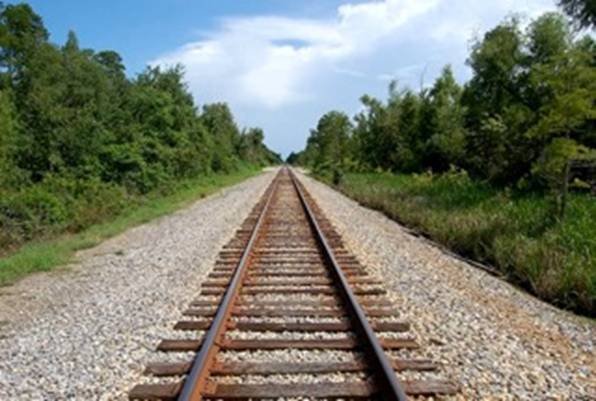
Railroad tracks. The US standard railroad gauge (distance between the rails) is 4 feet, 8.5 inches. That's an exceedingly odd number. Why was that gauge used? Because that's the way they built them in England, and English expatriates designed the US railroads. Why did the English build them like that? Because the first rail lines were built by the same people who built the pre-railroad tramways, and that's the gauge they used. Why did 'they' use that gauge then? Because the people who built the tramways used the same jigs and tools that they had used for building wagons, which used that wheel spacing.
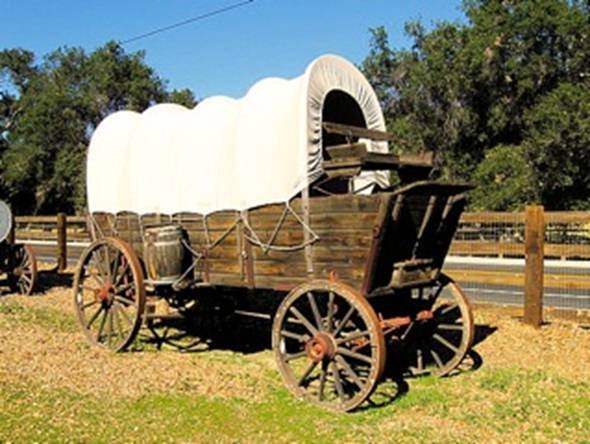
Why did the wagons have that particular odd wheel spacing? Well, if they tried to use any other spacing, the wagon wheels would break on some of the old, long distance roads in England, because that's the spacing of the wheel ruts.
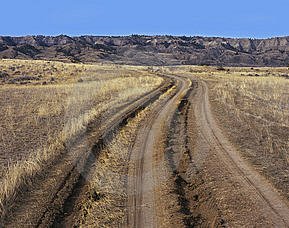
So who made those old rutted roads? Imperial Rome built the first long distance roads in Europe (including England) for their legions. Those roads have been used ever since. And the ruts in the roads? Roman war chariots formed the initial ruts, which everyone else had to match for fear of destroying their wagon wheels.
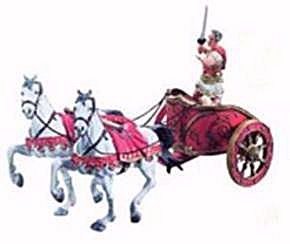
Since the chariots were made for Imperial Rome, they were all alike in the matter of wheel spacing. Therefore, the United States standard railroad gauge of 4 feet, 8.5 inches is derived from the original specifications for an Imperial Roman war chariot. In other words, bureaucracies live forever. So the next time you are handed a specification/procedure/process, and wonder, 'What horse's ass came up with this?', you may be exactly right. Imperial Roman army chariots were made just wide enough to accommodate the rear ends of two war horses.

Now, the twist to the story: When you see a Space Shuttle sitting on its launch pad, you will notice that there are two big booster rockets attached to the sides of the main fuel tank. These are solid rocket boosters, or SRBs. The SRBs are made by Thiokol at their factory in Utah.
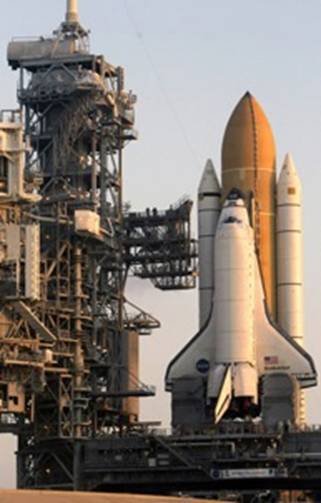
The engineers who designed the SRBs would have preferred to make them a bit larger, but the SRBs had to be shipped by train from the factory to the launch site. The railroad line from the factory happens to run through a tunnel in the mountains, and the SRBs had to fit through that tunnel. The tunnel is slightly wider than the railroad track, and the railroad track, as you now know, is about as wide as two horses' behinds.
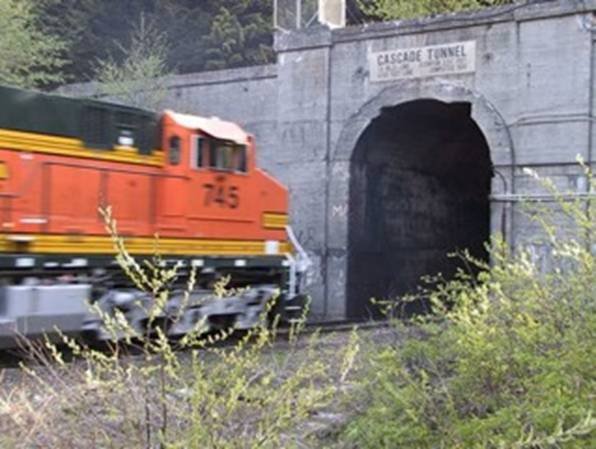
A major Space Shuttle design feature of what is arguably the world's most advanced transportation system was determined over two thousand years ago by the width of two horse's asses. And you thought being a horse's ass wasn't important? So, Horse's Asses control almost everything.
Explains a whole lot of things, doesn't it?
Friend's thoughts ...
If you understand something, you can forgive its existence -- and plan thoroughly and comprehensively enough to change it. For example, railroad tracks are much narrower than trains are now, making trains inherently unstable on curves, and you really don't want to be re-engineering existing tunnels dynamited from solid rock -- but it is not as big a deal to uproot the rails and spread them wider on the ties, or even replace the ties with ones designed for wider-spaced rails. This is particularly relevant in Africa, where the rail system is nowhere near extensive enough, and ultra-light, solar-powered, electrified, mixed freight and passenger rail systems, fed by even lighter bi-directional elevated guideway rapid transit, would be the most energy-efficient transportation system for the future. Bucky Fuller called it Comprehensive Design Science.
By the way, we replaced old narrow-gauge rails in many parts of the western U.S. -- they were sometimes around 2 feet wide, designed for coal mines and used for logging operations because the equipment was in production, hence cheap, and could be loaded onto wagons and hauled into the mountains.
This also applies to all our other systems, particularly the dysfunctional ones (and they are legion). Even money.